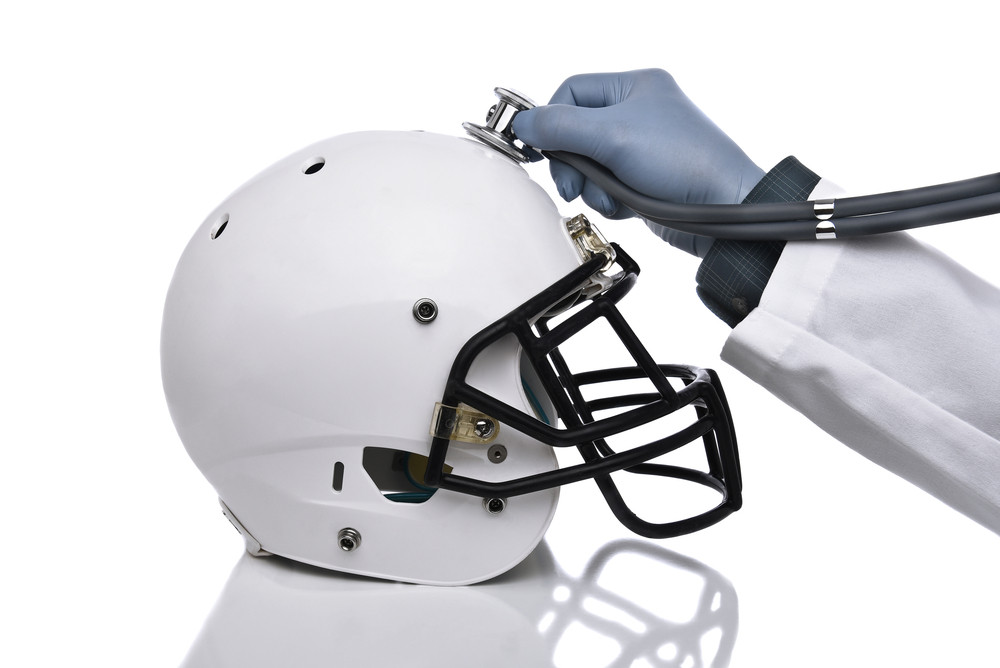Popular Reads
Top Results
Can't find what you're looking for?
View all search resultsPopular Reads
Top Results
Can't find what you're looking for?
View all search resultsStudy finds key details about 'punch drunk syndrome' and Alzheimer's
Change text size
Gift Premium Articles
to Anyone
S
cientists studying damaged brains of boxers and other sports people have found key details about a head injury-linked disease called "punch drunk syndrome" that could help the development of new diagnostics and treatments for Alzheimer's.
The syndrome, also known as chronic traumatic encephalopathy (CTE), is linked to repeated blows to the head and causes a type of dementia similar to Alzheimer's, which is characterized by behavioural changes, confusion and memory loss.
CTE can affect people who play contact sports such as boxing, rugby, soccer and football, but can currently be diagnosed only after death, since brain tissues have to be removed and analysed to confirm presence of the disease.
Like Alzheimer's - a brain-wasting condition that affects up to 50 million people worldwide - CTE features the abnormal build-up of certain proteins in the brain. One of those, tau, forms filaments that clump up in tangles inside cells.
In this study, published in the journal Nature on Wednesday, researchers from Britain's Medical Research Council Laboratory of Molecular Biology (LMB) were able to detail the atomic structures of the abnormal tau filaments in CTE.
"Our new knowledge of these structures could make it possible to diagnose CTE in living patients by developing tracer compounds that will specifically bind to the tau filaments of CTE," said Michel Goedert, an LMB researcher who co-led the study.
Read also: Children should be barred from heading footballs: Brain specialist
The research involved scientists extracting tau filaments from the brains of three people with CTE post-mortem - one former professional American football player and two former professional boxers.
The filaments were then imaged using a technique known as cryo-electron microscopy. The team found that while the tau structures from the three patients with CTE were identical, they were also different from those seen in Alzheimer's.
This could in future help doctors distinguish between various forms of dementia when diagnosing patients, the team said, and also furthers understanding of how and why tau forms disease-specific clumps and folds.
"We don't know the chemical nature of these molecules yet, but we suspect they may play a role in the assembly of tau into filaments, and that their abundance may determine why some individuals develop CTE and others do not," said Sjors Scheres, who co-led the work.
He said the next stage of research will be to identify those molecules and understand more about their role in tau build-up.











